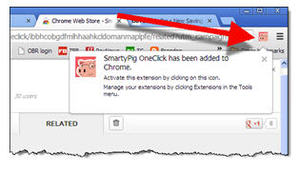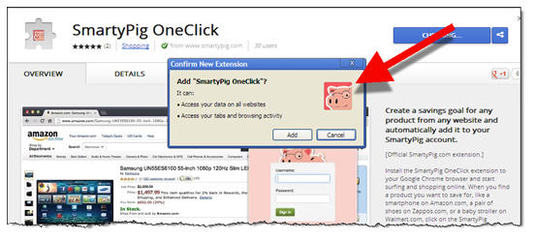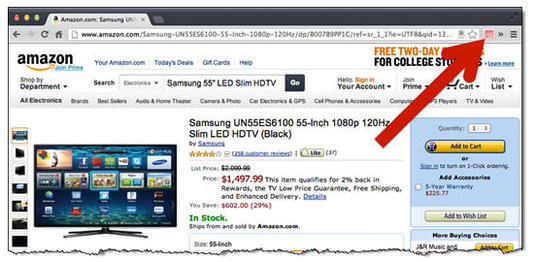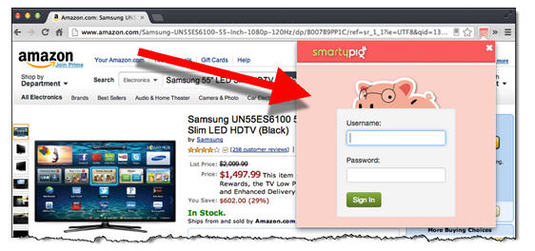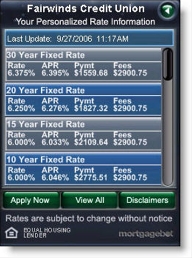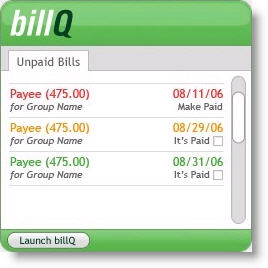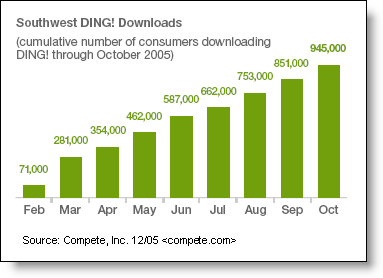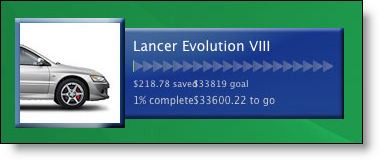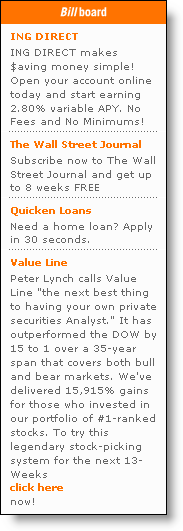 While they are overshadowed by the hundreds of thousands of mobile apps, there is a growing eco-system of plugins and apps for use with desktop browsers. I recently poked around in the Money section of Google’s Chrome Web Store.
While they are overshadowed by the hundreds of thousands of mobile apps, there is a growing eco-system of plugins and apps for use with desktop browsers. I recently poked around in the Money section of Google’s Chrome Web Store.
Not surprisingly, Google Finance was the most popular with almost 300,000 users. Mint was second at about half that (160,000 users). No one else was close (see table below).
Of the top 11 money plugins, six were PFMs: Mint, Finance 41, CashBase, PocketSmith, Easy Envelope Budget, and Toshl. Four were investing related, and Zillow tracks residential real estate (note 1).
One surprise: There was just one U.S. financial in the store. BofA? Fidelity? PayPal? No, it was Mountain America Credit Union (screenshot below). There were several international financial institutions in the store as well (Maybank, BBVA, Bradesco).
Bottom line: With 700,000 total users across the top-11 apps, this is a niche market so far, and could remain that way. But interestingly, it’s another place where Mint dominates.
—————————-
Table: 11 Most Popular Chrome Extension
in the “Money” Category
| Name | Users | Type |
| 1. Google Finance | 283,000 | Investing |
| 2. Mint | 161,000 | PFM |
| 3. Zillow | 49,000 | Real estate |
| 4. Finance 41 | 41,000 | PFM |
| 5. Cash Base | 35,000 | PFM |
| 6t. Pocketsmith | 34,000 | PFM |
| 6t. Wikinvest | 34,000 | Investing |
| 8. WealthLift | 28,000 | Investing |
| 9. Free Stock Charts | 20,000 | Investing |
| 10. Easy Envelope Budget | 18,000 | PFM |
| 11. Toshl | 15,000 | PFM |
| TOTAL | 710,000 | — |
Source: Google, 18 Jan 2013
——————————–
Mountain American Credit Union extension for Google Chrome browser (link)
Note: The app currently has 127 users
PFM Toshl featured in the Google Chrome Web Store (link, 18 Jan 2013)
Third-party PFM Toshl was one of the featured apps in the broader Lifestyle Category. They have about 15,000 users, making it the 10th most popular app in the Money category.
—————————-
Notes:
1. And Finovate alums are well represented. In addition to Mint, Pocketsmith and Wikinvest, BillGuard, FutureAdvisor, Xero, ImpulseSave and SmartyPig (previous post) have plugins.
2. For our take on PFMs, see our May 2010 Online Banking Report (subscription).



